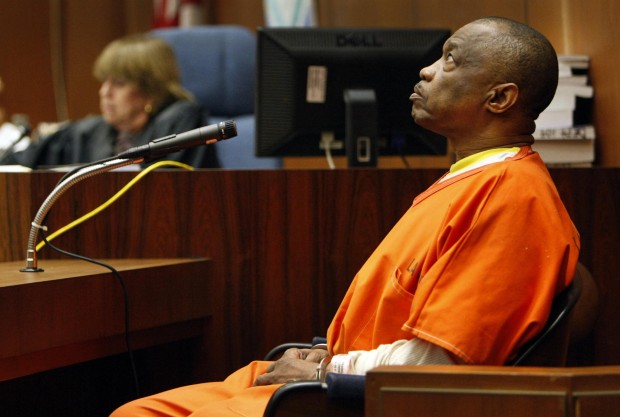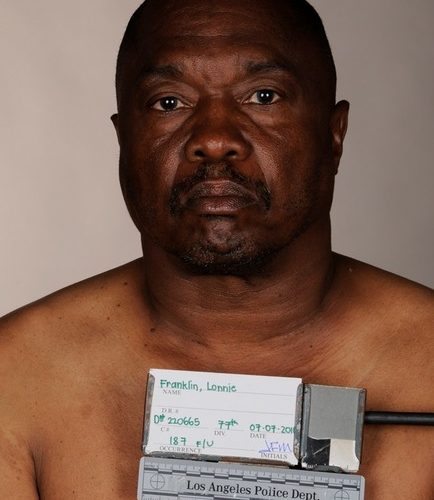In the fall of 2012, attorneys for the City of New York served filmmaker Ken Burns and his production Florentine Films with a subpoena, seeking all available outtakes from Burns’ film The Central Park Five. While the civil case that had been filed against NYC by the men known as the “Central Park Five” ultimately settled this past September, at the time Burns’ film was released the city believed that the unused interview footage might contain statements that could be beneficial to its case. Burns wasn’t the first documentarian to face such a subpoena: in 2010, the Court of Appeals for the Second Circuit forced director Joe Berlinger – known for his work on the Paradise Lost Trilogy – to disclose all outtakes from his film Crude. Burns however, was able to quash the subpoena under the still nascent “journalistic independence” standard set forth in the Berlinger case, a decision of overarching importance to filmmakers who venture into controversial subject matter with then-existing legal ramifications.
There’s a plausible scenario in which Tales of the Grim Sleeper, the latest film from director Nick Broomfield, could find itself caught up in similar legal proceedings. The subject of Broomfield’s film – an alleged serial murderer by the name of Lonnie Franklin, a.k.a the “Grim Sleeper” – still awaits trial on ten counts of murder that occurred in South Central Los Angeles between 1985 and Franklin’s arrest in 2010. And while no civil suit against the city currently exists – as it did with regards to The Central Park Five – one could envision the potential of such a lawsuit given some of the assertions made in the film with respect to the LAPD’s handling – or mishandling – of the case.

The Grim Sleeper’s victims were primarily poor, black women, many of whom were prostitutes, drug addicts, or both. While the official number of victims sits at ten, upwards of a hundred women were killed during the time period in question under almost identical conditions. A good majority of these murders were never covered by the local media, nor as many suggest properly investigated by the LAPD. The film provides a platform for the lamentation of the case’s handling, with some asking how many lives could have been saved under a different course of action. It’s a platform for what Broomfield describes as a “forgotten” community – a community whose distrust of law enforcement seems well founded.
After a surprisingly amateurish opening that orients us geographically – plain white text superimposed over images from Google Earth – Broomfield is shown wandering around Franklin’s street with only a cameraman and his boom mic accompanying him. As is his modus operandi, Broomfield explores his subject matter through participatory immersion, often appearing directly on camera. It’s a technique that winds up being very efficient, although it leads to some tense moments early in the proceedings given the social realities of the neighborhoods Broomfield is traversing. At one point, several gunshots are heard off screen, with the man then being questioned by Broomfield quickly bailing on his interview to investigate.

For those not already familiar with the story, it’s initially unclear as to where the film is headed given that some of the early interviewees paint a picture of a man likely incapable of such atrocities. But as these interviewees adjust to Broomfield’s presence, they become far more talkative, and a much more disturbing and incriminating picture begins to emerge. In this respect, the film benefits from the cooperation of a woman named Pam, a former prostitute and one-time girlfriend of Franklin’s. Pam guides Broomfield around Franklin’s and surrounding neighborhoods, acting as a communicative conduit between the filmmaker and certain individuals who otherwise might not have been cooperative. Pam is vulgar and, given her background, incredibly flippant with objectively serious subjects. She provides the film with some needed levity, but also contributes to some unintentionally cringe-worthy moments, inducing laughter where it’s not always clear that we as an audience should be laughing. One might question whether Broomfield should have included some of the tangentially related things he did.
Tales of the Grim Sleeper is a deeply unsettling – and at times uncomfortable – examination of a story and a community given short shrift at a time when attention was desperately needed. It’s also a film that indirectly raises a number of important and discussion-worthy social questions, the answers to which go far beyond the breadth of any review.
Tales of the Grim Sleeper screened at AFI Fest and will be released by HBO Documentary Films.

